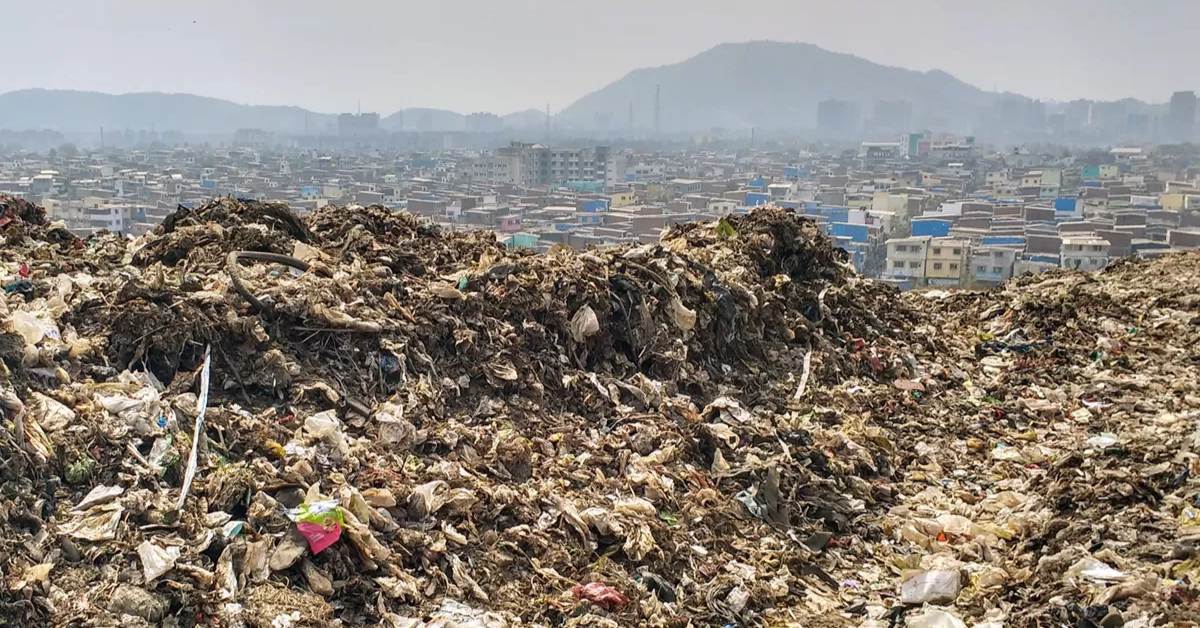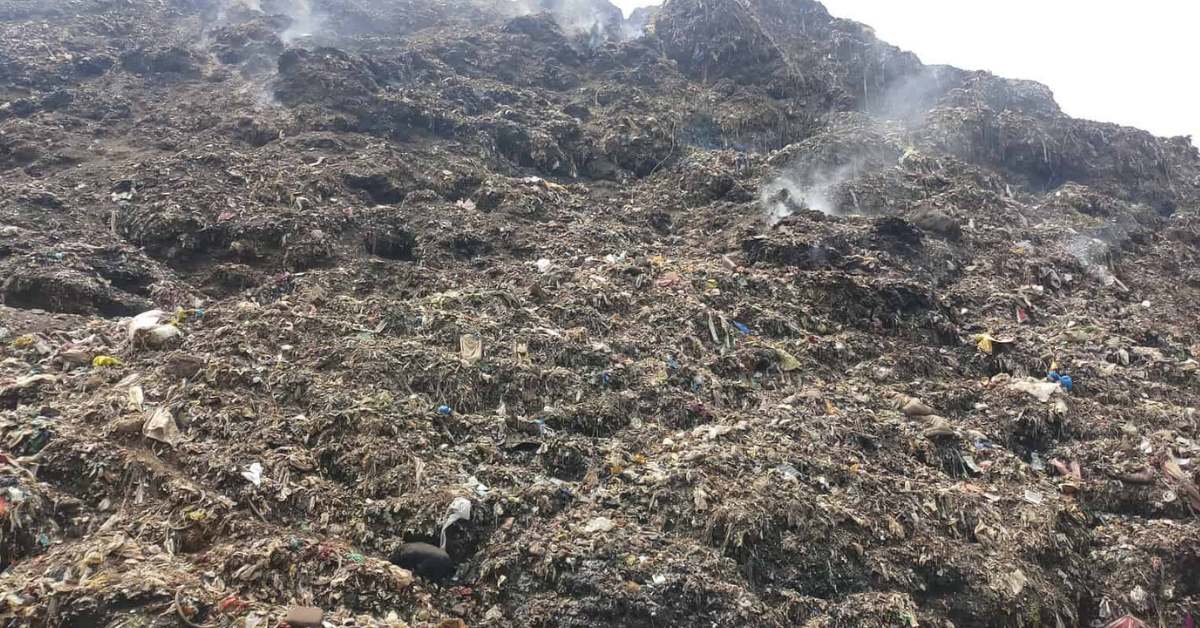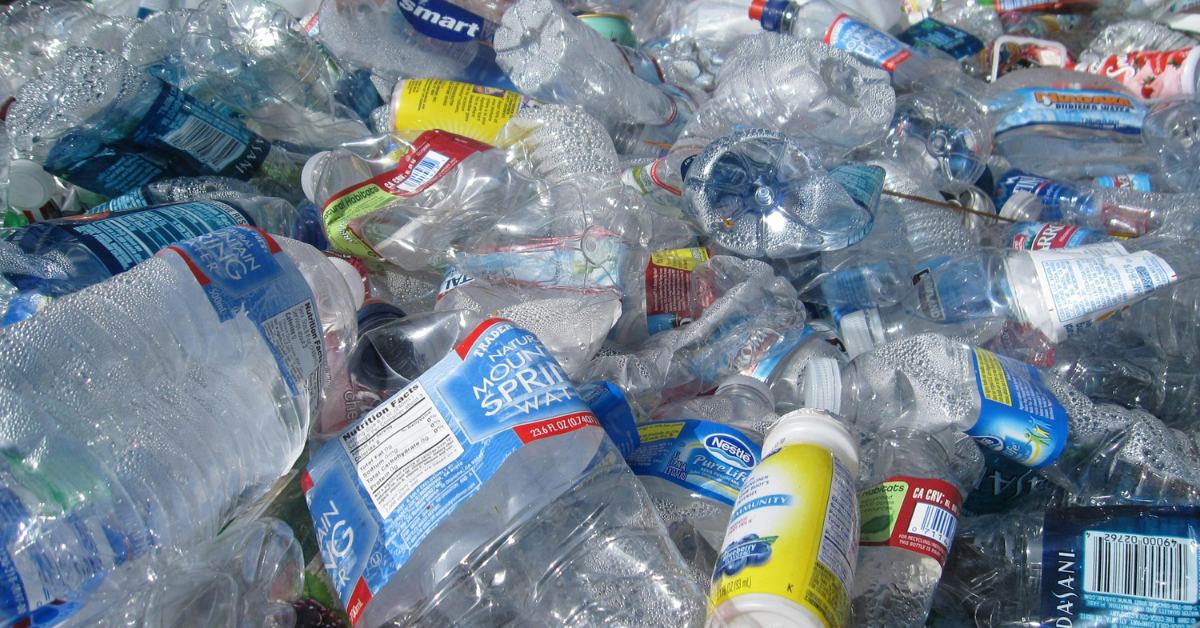Hyderabad Has Done It! 9000 Tonnes of Daily Waste Now Fuels Energy, Compost & a Greener City
A few years ago, overflowing garbage dumps and scattered waste were a common sight across Hyderabad. But today? The city has undergone a massive transformation, and it’s something the rest of the country can take note of. Driving this change is a systematic network of waste transfer stations, where small vehicles, known locally as ‘swachh autos’, deliver waste collected from households. The waste is then compressed and transported to Jawahar Nagar, around 50 kilometres away, for processing.
Advanced machinery, such as trommels and ballistic separators, segregates the waste into three categories — organic, combustible, and inert. The organic waste is converted into compost and sold to fertiliser companies, while the combustible waste is turned into refuse-derived fuel (RDF), which powers waste-to-energy plants or is sold to cement companies for use in their kilns. The inert waste, which has a low calorific value, is sent to a landfill.
This entire system is managed by ‘Re Sustainability’ (earlier known as Ramky Enviro Engineers), one of Asia’s largest environmental services companies. Their goal? Make sure not even a single piece of municipal waste goes unprocessed. They play a crucial role in managing 9,000 tonnes of Hyderabad’s municipal waste.
Masood Mallick, Managing Director and CEO of Re Sustainability, shared, “Almost all the municipal waste that Hyderabad generates is collected and processed,” and further highlighted, “The city started its scientific waste management journey 25 years ago. Today, it leads the nation not just in waste management but also in exploring new business models, developing technologies and incubating various innovations in this space,” he told Mint.
Turning a waste dump into a resource hub
Jawahar Nagar, once the city’s main dumping ground, now houses one of the world’s largest single-location solid waste processing facilities. This complex includes two large waste-to-energy plants with a combined capacity of 48 megawatts (MW), India’s largest compost plant, a plastic recycling unit, and an advanced refuse-derived fuel (RDF) plant. It also houses a landfill and a facility that taps gas from legacy landfills, converting it into compressed biogas for use as auto fuel.
 Small vehicles, known locally as ‘swachh autos’, deliver waste collected from households; Picture source: Mint
Small vehicles, known locally as ‘swachh autos’, deliver waste collected from households; Picture source: Mint
Hyderabad’s waste revolution didn’t happen overnight. The city’s successful improvement began in the late 1990s when it first tackled industrial waste. Over time, efforts expanded to handle biomedical and municipal waste, with successive governments building on these initiatives.
Today, it stands as a prime example of how a city can adopt circular economy principles, making sure that waste is not simply disposed of, but rather recycled and repurposed into valuable resources.
Mallick describes Hyderabad as the leading city in India when it comes to circular economy practices. He noted that the city has excelled in reducing waste and making the most of its resources by focusing on reuse, repair, and recycling.
The national waste management crisis
Despite Hyderabad’s success, India as a whole struggles with waste management. The country generates about 62 million tonnes of municipal solid waste annually, yet only 70 percent is collected, and a mere 30 percent is processed.
This failure to manage waste effectively costs India approximately Rs 40,000 crore every year, while experts believe that an annual investment of Rs 20,000 crore is needed to create the infrastructure required to manage waste properly. However, numerous barriers stand in the way, including fragmented governance, inadequate budgets, and a lack of public awareness.
 Hyderabad started its scientific waste management journey 25 years ago; Picture source: Construction World
Hyderabad started its scientific waste management journey 25 years ago; Picture source: Construction World
Tackling the viability challenge
India is making great strides in managing its waste — cities like Hyderabad are leading the way with impressive systems that turn garbage into energy, compost, and even fuel. But despite all this progress, one big problem still looms large: money.
Simply put, recycling and waste-to-energy ventures often don’t make enough money to cover their costs. And that’s holding back the movement.
For example, Abellon Clean Energy Ltd. operates a waste-to-energy plant in Jamnagar, Gujarat. Although the company segregates recyclables like plastic, metal, and glass, the remaining waste is used as fuel to generate energy.
Despite processing 700 tonnes of waste daily and producing 7.5 MW of power, the plant struggles financially. “Our cost of operations is about Rs 10.15 per unit, but what we get for selling power is Rs 7 per unit,” said Aditya Hande, founder and MD of Abellon Clean Energy, explaining the financial strain. “We are working with stakeholders to resolve the issue,” he added, speaking to Mint.
 At Jeedimetla in Hyderabad, Re Sustainability runs a facility that handles 300 tonnes of construction and demolition waste; Picture source: Citizen Matters
At Jeedimetla in Hyderabad, Re Sustainability runs a facility that handles 300 tonnes of construction and demolition waste; Picture source: Citizen Matters
At Jeedimetla in Hyderabad, Re Sustainability runs a facility that handles 300 tonnes of construction and demolition waste every day. This waste is turned into useful materials like recycled sand and aggregates, which can be used in new buildings and roads. It’s sustainable, smart, and eco-friendly. But there’s one major problem: no one wants to buy it.
Even though recycled sand is a green alternative, most buyers still prefer virgin river sand — simply because it’s cheaper. While river sand sells for around ₹2,300 per tonne, people are only willing to pay ₹200 for the recycled version. That’s a massive price gap, and it makes it tough for recycling businesses to survive, let alone thrive.
The irony is clear — we know how to manage waste. We have the technology, the infrastructure, and even the intent. But unless the economics start making sense, many of these promising ventures will continue to struggle.
Government initiatives: A step in the right direction
India has recently taken some major steps to address the viability gap in waste management. The introduction of the Extended Producers Responsibility (EPR) rules in 2022 mandates that producers are responsible for recycling a percentage of the waste they generate.
For example, beverage companies must take responsibility for collecting and recycling the plastic bottles they use. If they fall short, they must purchase EPR certificates from recycling companies.
 According to the Extended Producers Responsibility (EPR) rules in 2022, beverage companies must take responsibility for the plastic bottles they use; Picture source: Unsplash
According to the Extended Producers Responsibility (EPR) rules in 2022, beverage companies must take responsibility for the plastic bottles they use; Picture source: Unsplash
This has opened up a new revenue stream for recyclers, helping to bridge the financial gap and making their operations more sustainable. Moreover, the government has begun mandating targets for producers to use recycled materials, which will further stimulate demand for recycled products.
Learning from Japan’s success
As India looks to improve its waste management, many experts say Japan offers a great example. In Japan, it all starts with creating less waste and designing products that can be repaired and reused. Nearly all their waste is collected and processed efficiently — thanks to strong awareness and a deep-rooted culture of sustainability. For India, the real challenge is building that same mindset and making eco-friendly habits a part of daily life.
A prime example of this is the resistance in Kodungaiyur, North Chennai, where residents are protesting the establishment of a waste-to-energy plant. They fear that such a project would make the area toxic, unaware that modern plants have negligible emissions compared to the harmful effects of open waste dumps. As Aditi Ramola, Technical Director at the International Solid Waste Association (ISWA), told Mint, “Lack of funds means waste takes the least-cost route to disposal, which is being dumped in an open area away from habitation.”
India’s path to a circular economy won’t be easy, but Hyderabad shows it’s possible.
With smart investments, strong policies like EPR, and public awareness, change can happen.
When waste is seen as a resource, not a burden, everything shifts. A cleaner, greener future is within reach — and it starts now.
Edited by Saumya Singh
Source:
News